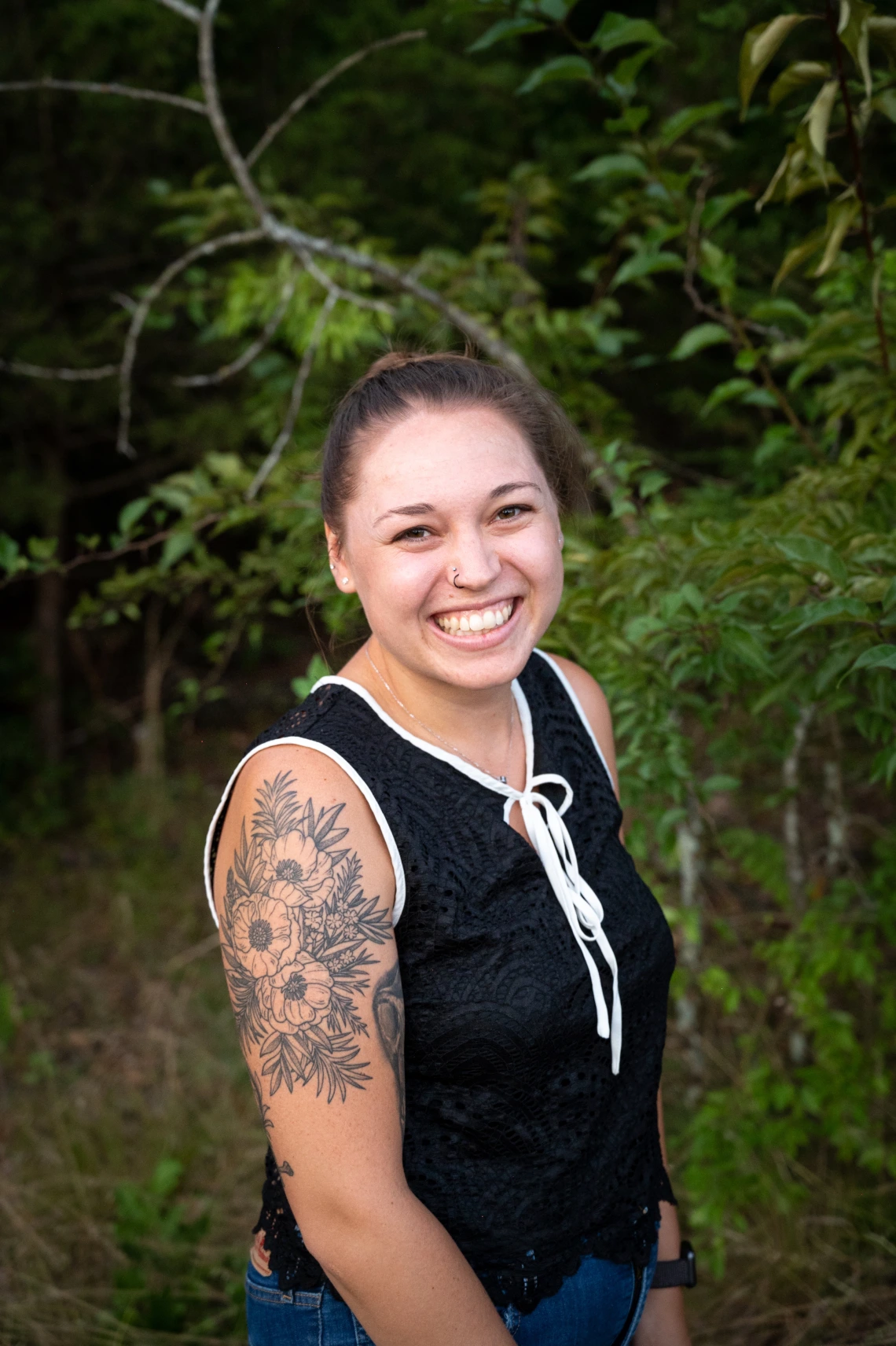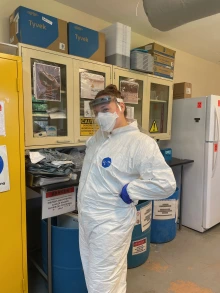Meet Dr. Romero!

Dr. Ashly Romero recalls having always been observant, feeling curious about what makes humans structurally similar or different from each other. Now a biological anthropologist and anatomy instructor in the Department of Basic Medical Sciences, Dr. Romero researches the impact of stress on the primate skeleton both from a clinical perspective and an evolutionary standpoint.

Dr. Romero explains that when animals experience stress, energy normally directed toward bone growth is redirected toward other functions critical for survival. Thus, the result of stress may appear as variations in skeletal symmetry. In 2023, she had the opportunity to study a primate species that lives on the island of Cayo Santiago in Puerto Rico following a series of consecutive hurricanes that resulted in a loss of habitat. Using blue light LED scans of the primate’s skulls, her team identified varying levels of asymmetry in the bone structure that are attributed to differences in environmental stress. Currently, Dr. Romero is studying gorilla and chimpanzee skulls of various ages to determine whether the effects of stress accumulate over years or whether bone has a capacity for repair and recovery of symmetry. In this way, Dr. Romero hopes to provide much-needed new insights into environmental stressors and their effects on the mammalian skeleton.
In addition to her research, Dr. Romero teaches anatomy courses to pre-health undergraduates. She deeply enjoys teaching students who have a passion for helping others and appreciates how teaching the clinical sciences has provided a new perspective on her anthropological work. In collaboration with her mentor, Dr. Halszka Glowacka (College of Medicine), the results of Dr. Romero’s work were presented this year at the annual meeting of the American Association of Biological Anthropologists in Baltimore.
See Dr. Romero’s publications here: https://scholar.google.com/citations?user=gyCwtA0AAAAJ&hl=en
Dr. Romero’s website: https://ashlyromero.wixsite.com/anromero
